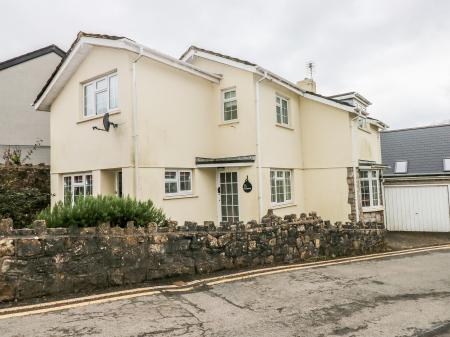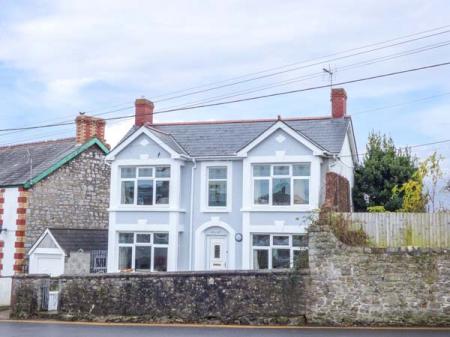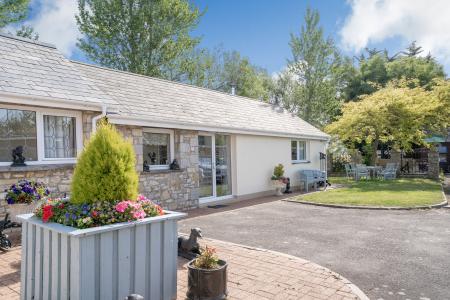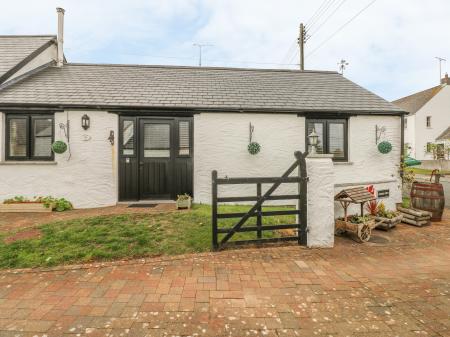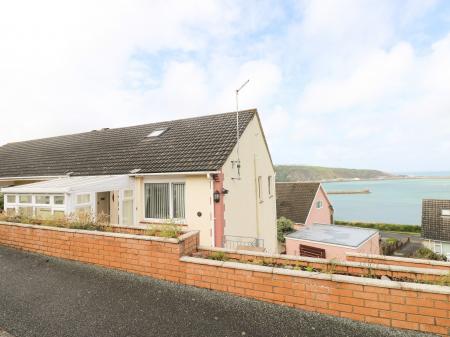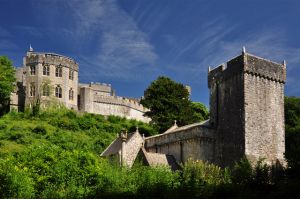
About 1300 Joan de Hawey, heiress of the family resident at St Donat's, married Peter de Stratelinges (Stradling), and their descendants occupied St Donat's for the next four centuries. Over that time the castle was gradually transformed from a military fortress into a comfortable country house. The line of Stradlings at St Donat's died out in 1738, when the last male heir, Sir Thomas Stradling, was killed in a duel.
American media magnate William Randolph Hearst, the model for Orson Welle's famous film, Citizen Kane, bought St Donat's Castle in 1925. He ordered the west range stripped bare and refurbished with furnishings from several other historic buildings, notably from Bradenstoke Priory in Somerset. Among the oddities of this Hearst's work at St Donat's is the medieval Tithe Barn, brought intact from Bradenstoke and reassembled here. Among the furnishings is a 15th century screen from a church in Devon, and a hooded fireplace which probably came from France.
The castle was later purchased by Antonin Besse, who gave it to Atlantic College, whose mission is to bring together young people from around the world to help create an atmosphere for peaceful coexistence between cultures and nations. So St Donat's Castle has come full circle, from a military stronghold to a centre for international understanding and peaceful cooperation.
 We've 'tagged' this attraction information to help you find related historic attractions and learn more about major time periods mentioned.
We've 'tagged' this attraction information to help you find related historic attractions and learn more about major time periods mentioned.